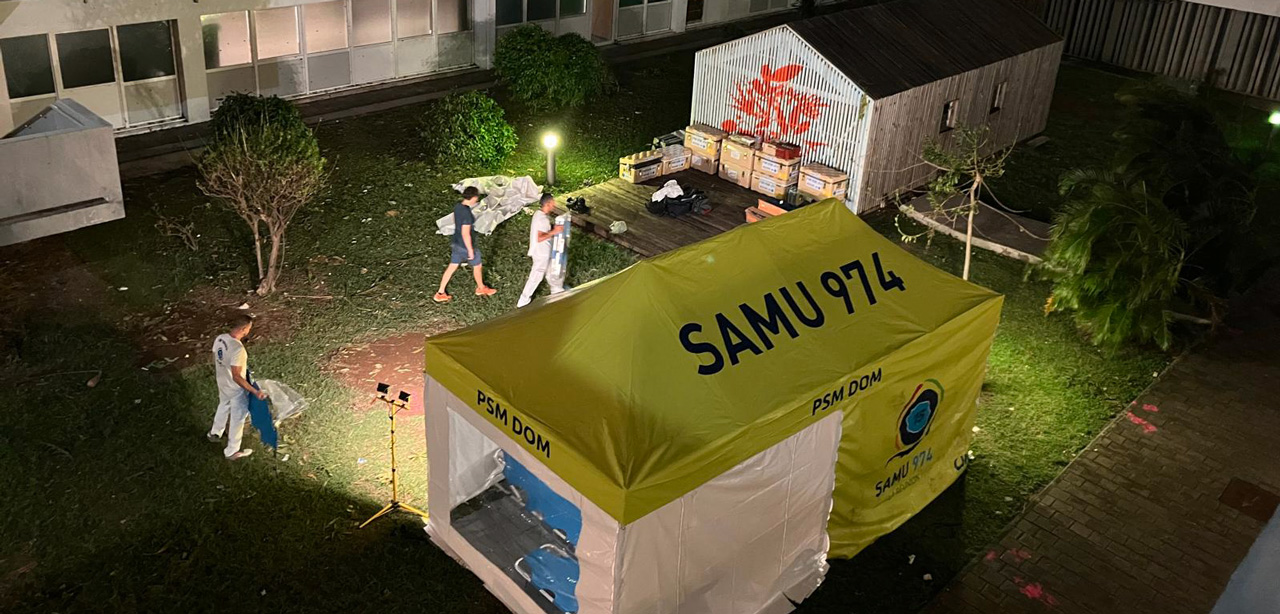OBJECTIVES: The aim of this paper is to point out the kinds of measures that should be implemented to protect the population from the health effects of cold and when to put them into action, thanks to meteorological thresholds. STUDY DESIGN: The authors used pertinence criteria to determine if an alert system would be relevant to trigger preventive measures. METHODS: The pertinence criteria included ability to prevent health impact through specific measures, simplicity, reactivity, adaptability, and the possibility to find indicators able to predict a health impact of cold. This was investigated in two pilot cities, using time-series models to identify mortality-relevant thresholds, if any. RESULTS: Short-term measures are mainly directed at homeless people while actions focussing on the general population are mostly limited to providing advice on how to protect oneself from exposure to cold. The main long-term measures are housing insulation and heating. Combined minimum and maximum temperatures are the best indicators to predict the health impact of cold temperatures on mortality. Associated optimal thresholds for action in Paris were -9 °C and -2 °C for minimum and maximum temperatures respectively while thresholds in Marseille were -3 °C and +4 °C. When both thresholds are reached in a given city, the risk of excess mortality is greater than 15%. CONCLUSION: Simple meteorological indicators could be used to improve the detection of dangerous cold episodes and promote communication. Nevertheless, long-term housing improvement and financial aids for home heating remain the best means to prevent the adverse effects of cold weather on community health.
Auteur : Laaidi K, Economopoulou A, Wagner V, Pascal M, Empereur Bissonnet P, Verrier A, Beaudeau P
Public Health, 2013, vol. 127, n°. 5, p. 492-9


